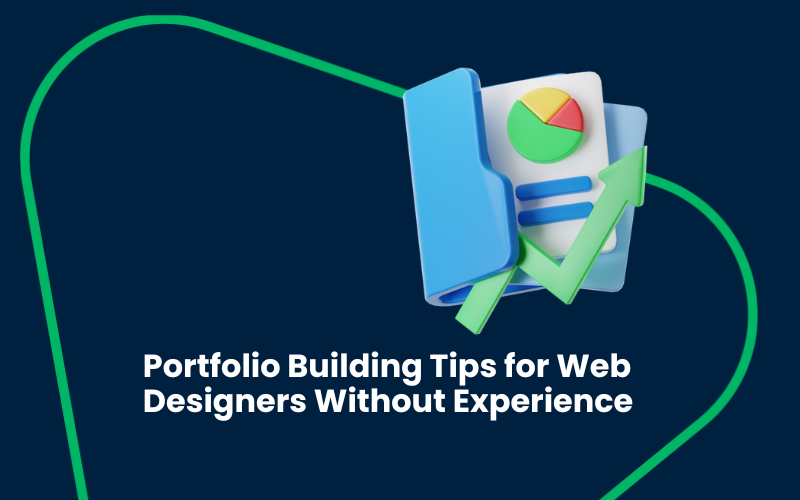Creating a Sports Club Website Using WordPress
Thu, 01 May 2025

Follow the stories of academics and their research expeditions

Are you a beginner web designer with no real clients yet? Don’t worry — you can still build a powerful portfolio that gets attention. In this blog, we’ll show you simple tips to create a web design portfolio, even if you have zero experience.
This is especially helpful if you’re a student or graduate of CODO Academy, where portfolio building is part of your training.
Keywords:
web design portfolio tips, how to build a portfolio without clients, web designer beginner portfolio, freelance portfolio ideas, CODO Academy portfolio project
Why Is a Portfolio So Important?
Your portfolio is your digital showcase. It helps clients or companies:
• See your design style
• Understand your skills
• Trust your work (even if you’re new)
• Decide to hire you
Even with no real clients, you can create sample projects that show what you’re capable of.
1. Build Dummy Projects That Look Real
If you don’t have paid clients, create your own sample websites. Pick fake businesses like:
• A bakery website
• A portfolio site for a photographer
• A local gym landing page
• An online store for a fashion brand
Use WordPress, Elementor, and template kits to build these sites. At CODO Academy, you’ll build 5+ themed dummy websites as part of your training .
2. Use Template Kits to Speed Up Your Design
Platforms like Envato Elements and ThemeForest offer beautiful templates. Choose one, customize it, and make it your own.
Tip from CODO Academy: You’ll get access to ready-made template kits and learn how to edit them to suit your style.
3. Host Your Portfolio Online (Don’t Just Use PDFs)
Your portfolio should be live on the internet, not just in a file. Buy a domain (like yourname.com) and use hosting from platforms like:
• Hostinger
• Bluehost
• Namecheap
At CODO Academy, each student receives 1-year premium hosting and a free domain, so you can launch your portfolio immediately .
4. Include These in Your Portfolio
Make sure your portfolio site includes:
• About Me section
• Skills (HTML, CSS, WordPress, SEO, Canva, etc.)
• Live project links or screenshots
• Testimonials (can be from mentors or teachers)
• Contact form or WhatsApp button
5. Write a Case Study for Each Project
Explain what the project is, what tools you used, and how you built it. This shows clients that you can solve problems — not just design pretty things.
Example:
Bakery Website: Built using WordPress + Elementor. Includes a menu, order button, and contact form. Mobile responsive and SEO-optimized.
6. Add Personal Projects and Assignments
If you’ve taken part in any assignments, challenges, or classroom tasks (like the weekly tasks at CODO Academy), include them in your portfolio.
7. Get Feedback and Improve
Ask your CODO mentors or peers to review your portfolio. Update your work regularly as you gain new skills and complete client projects.
8. Showcase Additional Skills
Add sections like:
• Canva Designs
• Google Ads or Meta Ads Campaigns
• SEO optimization techniques
• Blog writing or UI design work
CODO Academy teaches all these extras, so you can add more value to your portfolio than just design.
Final Thoughts
You don’t need experience to build a professional portfolio — you need creativity, consistency, and the right guidance.
That’s why CODO Academy offers a 15-Day Web Design Program where you:
• Build 5+ dummy projects
• Create a live online portfolio
• Learn WordPress, Shopify, and WIX
• Use Canva Premium, SEO tools, and Ads
• Receive lifetime mentorship
Ready to Build Your First Portfolio?
Join the next batch at www.codoacademy.com
WhatsApp us at +91 8086 995 559
Use CODO50 for a 50% discount – Seats are limited!
Thu, 01 May 2025

Wed, 30 Apr 2025

Wed, 30 Apr 2025

Leave a comment